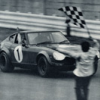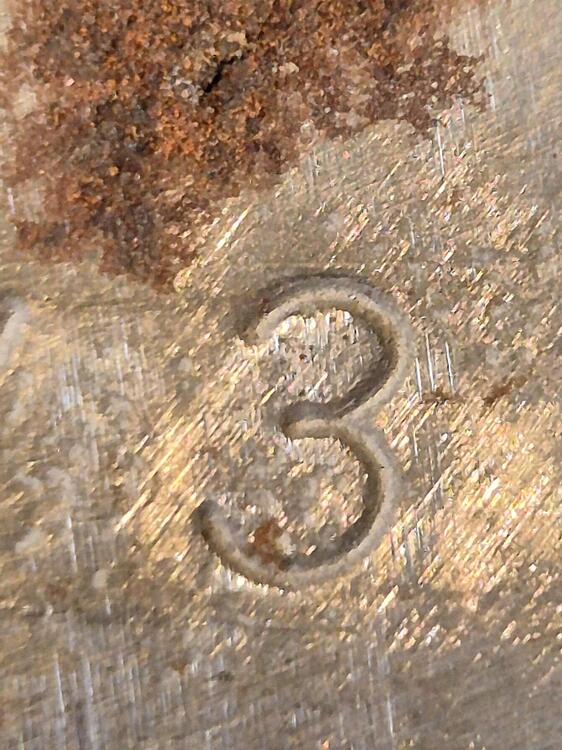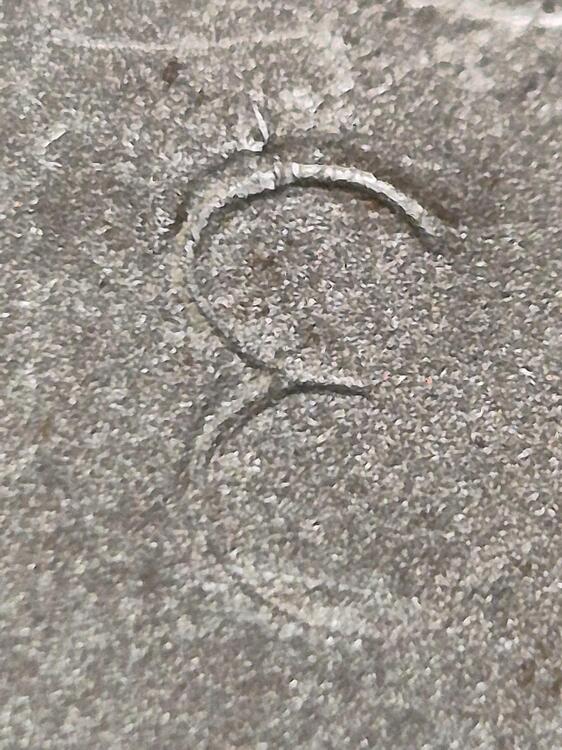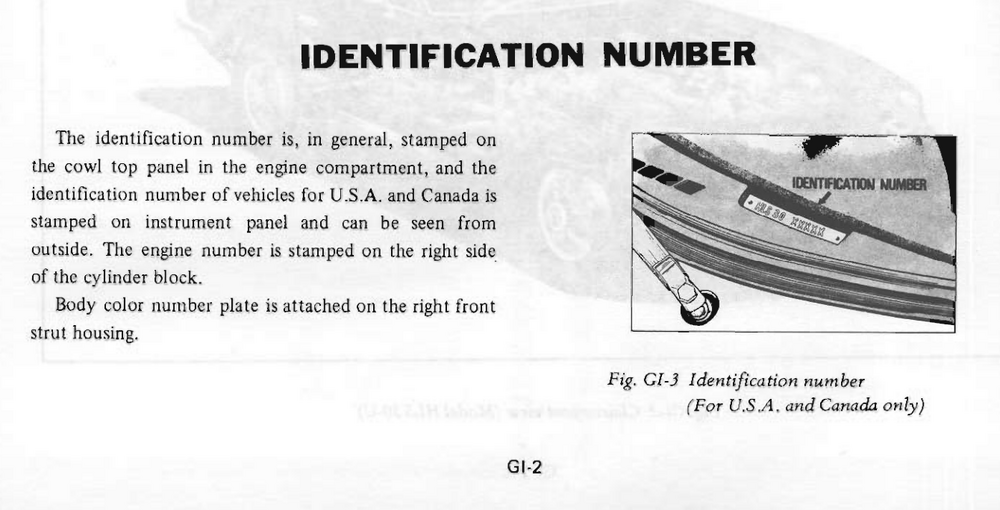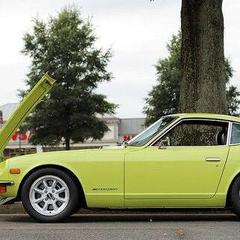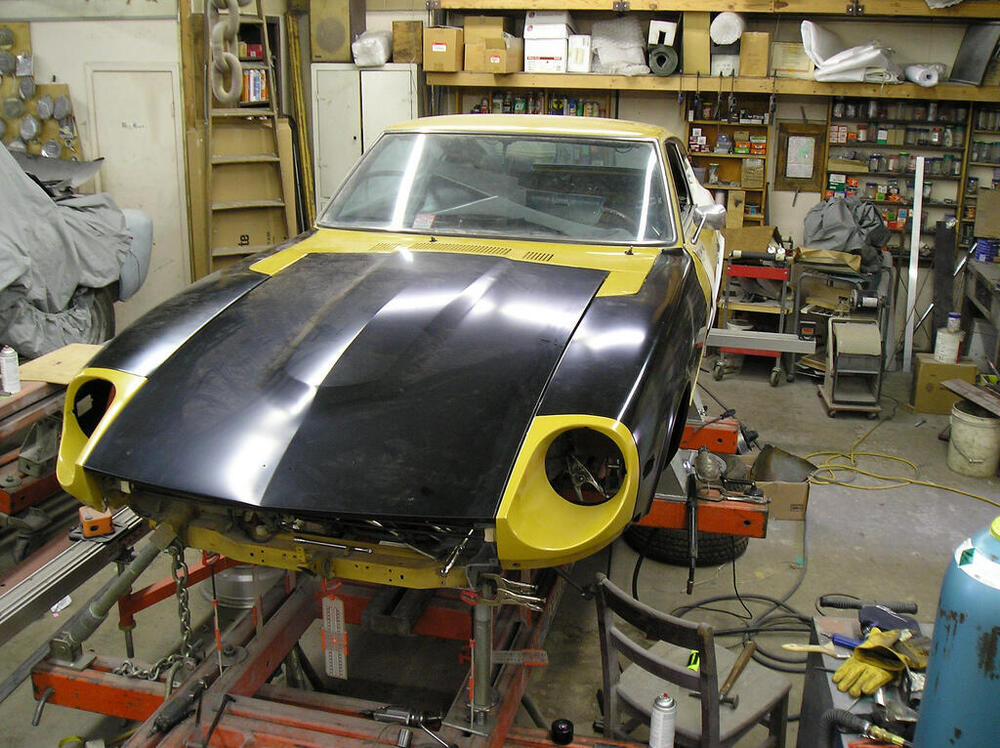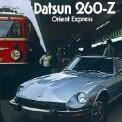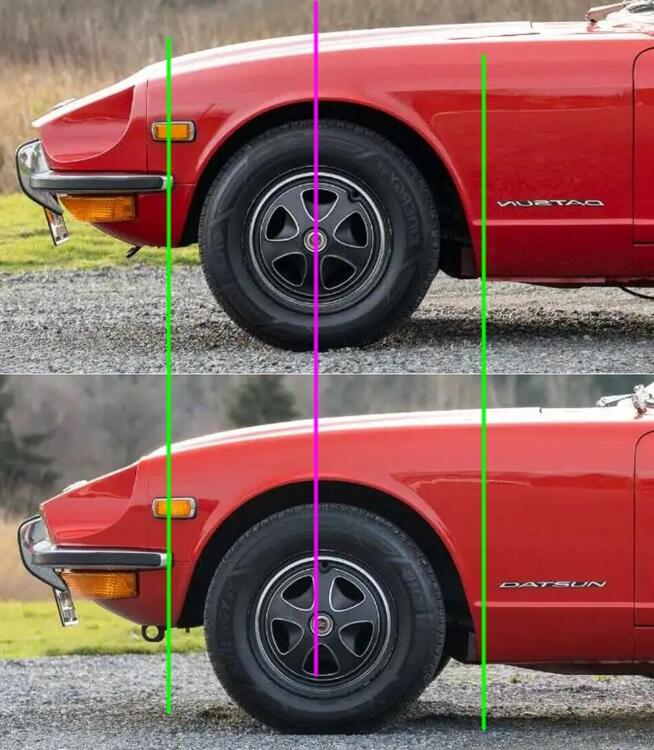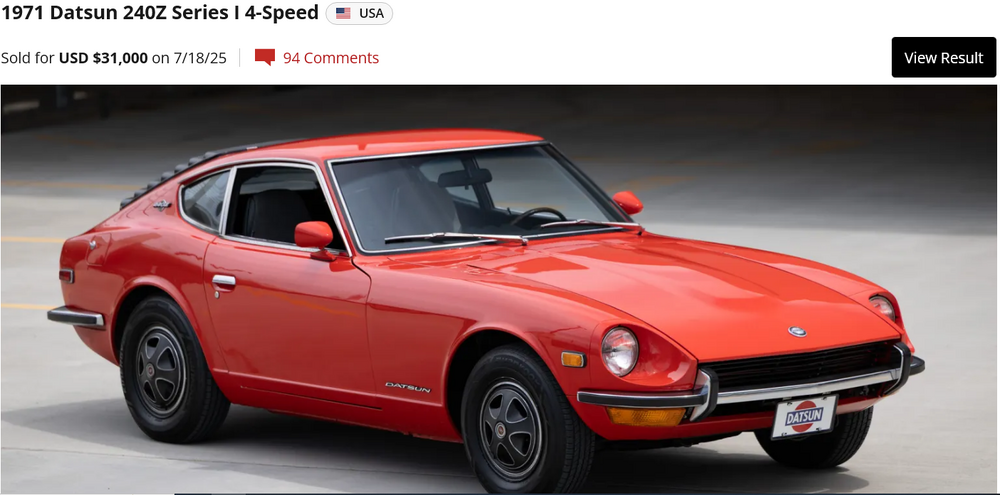All Activity
- Past hour
-
Z's on BAT and other places collection
That's pretty cool! I had thought maybe the firewall was labeled before being included in the chassis but you're saying the chassis was complete and the fixture was mounted to the chassis and the ID number was applied then...
- Today
-
jacklafenice joined the community
-
Z's on BAT and other places collection
I wouldn't take that literally if I were you. Their intent was to convey information on location and form in an easily understood and digested nature for people who were used to the national vernacular of their automotive scene, not describe the process with which is was executed.
-
Z's on BAT and other places collection
Not on the S30-series Z's firewall. 'Dot Engraving' displaces metal rather than removing it. In the case of the letters and numbers we are discussing, the dots are so close together that in close-up they look like one continuous form. The deformation is visible in the reverse side of the panel. The firewall sheetmetal on the S30 is thin enough gauge that some deformation of the surrounding metal occurs (noticeably more on some letters and numbers than on others) so it is all too easy to imagine this is the result of physical - 'one blow' - stamping. It isn't. Here's a bare metal example of a Nissan S30's firewall '3' number, showing front and rear. This is classic close-form Dot Engraving:
-
Z's on BAT and other places collection
The process involved aligning a fixture to the firewall of the unpainted bodyshell (other Nissan vehicles had the identity elsewhere - for example my KPGC10 Skyline GT-R has it on the LH door sill) into which the full combination of chassis prefix and body serial number was dialled-in by the operator, and then the machine did its thing. We have seen examples of mistakes (operator error...) which have been 'corrected' by the same process and then authenticated with a Nissan 'hamburger' cipher. We can play terminology tennis between 'stamping' and 'engraving' to our heart's content but the process used was - I believe - more correctly described as 'Dot Engraving', where a punching point deformed the metal into the desired letters and numbers in the distinctive Nissan font of the period. This method - although in a much more developed and computer-controlled form - is still in use today. Here's a modern version of the machine (on the dreaded Ali Express, no less...) with a playable video: https://www.aliexpress.com/item/1005007340921417.html?dp=CjwKCAjwp_LDBhBCEiwAK7FnkgNg_pgoKEwp2vl_LmTjbAZXtPHK3lxpnCZE8Rsz8cmrvpF30NaRhxoCKVwQAvD_BwE@254613&isdl=y&aff_fsk=_okqVOWy&src=delupeUK2025&aff_platform=aff_feeds&aff_short_key=_okqVOWy&pdp_npi=4%40dis%21GBP%21616.83%21585.99%21%21%21%21%21%40%2112000040338251243%21afff%21%21%21&cn=254613&cv=466926&af= I would imagine that the somewhat laconic and haphazard nature of the late 60s Nissan Shatai results was symptomatic of the machinery being used. I wouldn't rule out the possibility that it was - along with Nissan's distinctive font - intentionally difficult to tamper with/replicate/forge. Anyway, the big point here is that when people talk about 'firewall stamping' and 'VIN stamping' it calls to mind old-fashioned letter and number stamps that would be whacked with a hammer to make their mark. Doing that on an unsupported firewall (the other side is in the cowl well...) would be pretty difficult without big deformation, and if supported it would require some other kind of fixture on the other side. In my KPGC10'S case it would be impossible on the (blind) door sill. I'd like to see a machine that could physically 'stamp' a firewall VIN on an S30 in one go (I'm imagining it to be steam-powered...) but the whole thing sounds far too impractical. The dot engraving machine seems to have been a lasting solution. This is actually a subject which we have discussed previously here on the forum. @kats even came up with a photo of the same fixture still being used on late 1980s and early 1990s Nissan Silvias (S13/S14?) but - of course - I'll be damned if I can find the thread and the image. Don't know why this place is so hard to search for something I know is here. S30 chief engineer Hitoshi Uemura gave me a copy of a period Nissan document which showed the positioning instructions for the chassis number fixture, but I was asked not to publish it (and I'll honour his request).
- Extremely Confusing Brake Travel
- Extremely Confusing Brake Travel
-
saturday night music thread
Spooky scary Saturday night space music.
-
Z's on BAT and other places collection
I got curious so I looked in the GI pages of the FSM's. 1972 seems to be the first time they describe the stamping of the identification number on the firewall (cowl). 1970 and 71 don't mention it, that I can find. 1970
- Yesterday
- The suspense...
-
Z's on BAT and other places collection
It seems reasonable that Nissan might have started with engraving then moved to stamping. Or maybe somebody can show or explain why the engraving looks like stamping. That would be the most helpful. For people who have actually seen both and understand the processes. Engraving removes metal. Stamping displaces it.
-
Z's on BAT and other places collection
I've wondered about the stamping/engraving. As somebody who has worked with both stamping and engraving, it's incredible to me how Nissan was able to make engraving look like stamping back in the 70's. I assume that they used a pantograph to get the precision. No way that it was done free hand. Also odd that a pantograph can't hold a straight line. It would be very cool to see some of the tools they used back then. https://www.hotrod.com/how-to/where-is-the-vin-number-on-a-car
-
Z's on BAT and other places collection
I didn't know that! Thank you for sharing.
-
Z's on BAT and other places collection
Thank you
-
hiyabrad started following SN 00042 Restoration; The Older Twin
-
Z's on BAT and other places collection
'Course the guys who REALLY know their onions know that the bodyshell's individual identity is ENGRAVED on the firewall, not stamped... 😊
-
Z's on BAT and other places collection
That was a great Deal for the Buyer.
-
Jeetbuzz360 joined the community
-
Z's on BAT and other places collection
Ditto that @Route66 …….I got the 2 fenders and a hood for the 71 restoration from my local Nissan dealer.
-
Z's on BAT and other places collection
Just to echo someone else's comment, I find that Z program fascinating as well as any tidbits that keep coming to light years on. I did benefit from it in one way. When Nissan fired the spare parts machine up I believe they must have minted a bunch of new front fenders because I bought two new ones over the local dealer parts counter for a steal. They came stickered with Nissan parts numbers so I've always assumed they were from the original tooling. 🤷
-
Z's on BAT and other places collection
-
saturday night music thread
I was going to post the Cream version but went a little farther back. People are digging up these old recordings all over the place. Pretty amazing.
-
Z's on BAT and other places collection
-
79 280z Brake Problem
Called a "reaction disc"
-
Z's on BAT and other places collection
Yeah, the pictures were about the wheel positions. I mean, the seller put them right out there for everyone to see. Still got $31,000. Not bad for what looks like a car that might have smacked a curb or something.
-
SN 00042 Restoration; The Older Twin
It's always a mistake to paint/powder coat those rear stub axle brake drum flanges, Nissan didn't.
-
Z's on BAT and other places collection
At least he has the front tie-downs
-
Z's on BAT and other places collection
I suspect the reason for those two photos was to point out the differences in the positions of the wheels in the two wheel wells. Yikes.





